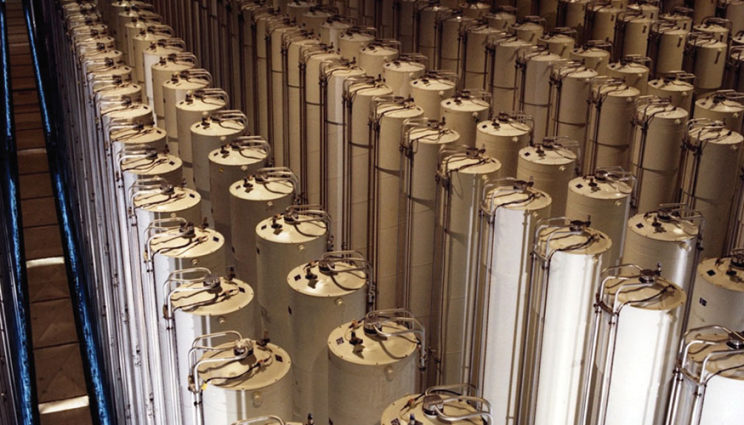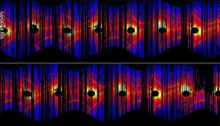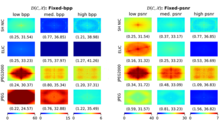S&TR cover story: The ACES in our hand
Uranium enrichment is central to providing fuel to nuclear reactors, even those intended only for power generation. With minor modifications, however, this process can be altered to yield highly enriched uranium for use in nuclear weapons. The world’s need for nuclear fuel coexists with an ever-present danger—that a nonnuclear weapons nation-state possessing enrichment technology could produce weapons-grade fissile material to develop a nuclear arsenal or supply radiological materials to others. The Adaptive Computing Environment and Simulations (ACES) project will augment and modernize the Lab’s ability to serve its nuclear nonproliferation mission through three thrusts. First, its researchers will develop new computer models and simulations of fissile materials enrichment using the gas centrifuge-based method. “In nonproliferation work, analysts often integrate computational modeling into their assessments,” says Stefan Hau-Riege, associate division leader in Applied Physics and leader of the ACES project. “The idea is to provide them with a modern capability to model fuel enrichment integrating data science and machine learning.” In the second thrust, researchers will create a new computational infrastructure to support and sustain this modeling capability. Finally, ACES will recruit and develop a trained workforce to carry out nonproliferation work that requires a detailed understanding of centrifuge enrichment technology. Read more in Science & Technology Review.







